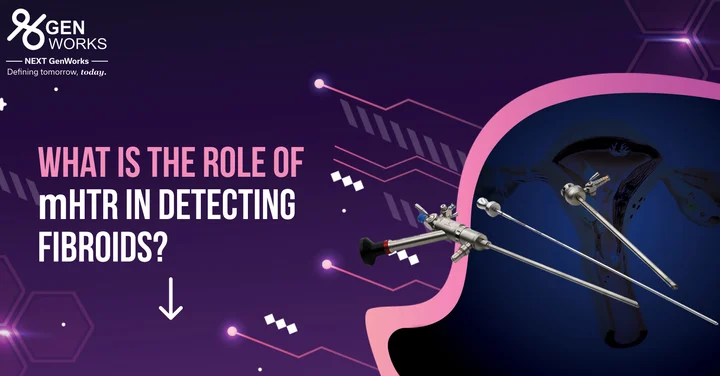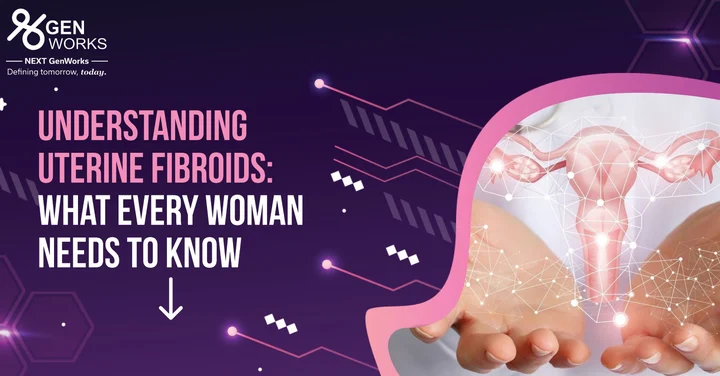Future is Female: How FemTech is Revolutionising Women's Healthcare

This year's theme for Women's Day is to “ Embrace Equality “ DigitALL” - is how South Africa would like to deliver this with Innovation and technology for gender equality,” which highlights the role of innovative technology in promoting gender equality and meeting the health and developmental needs of women and girls.
Nearly half of India’s population is women. Women also hold a significant role in household purchase decisions and responsibilities. Yet when it comes to taking care of their health, women are the last to go and see a doctor.
Unlike men, most women, even when they visit a doctor, rarely go through follow-up visits or tests, which is important, if you have to cure a disease. They just swallow the medicine, wait for the symptoms to relieve and then get back to work, without looking for a long-term solution. This can be dangerous because many a time the disease will recur or even get worse.
This is what needs to change through a range of fem tech products that are being introduced in the Indian market (a category of software, diagnostics, products and services that uses technology to deal with a host of female healthcare issues relating to reproductive systems, fertility, ovulation cycle, menopause, and lifestyle problems).
With the help of fem tech, a woman can identify a problem at home itself. This will increase her willingness to go for treatment. Even the treatment part can be done through technologies such as telehealth and online consultations, especially in places where specialist doctors are not readily available.
Coming to health issues, diseases affecting reproductive systems are fairly common among women, particularly among women of childbearing age. Yet very few take the initiative to get diagnosed or treated because conventional treatment procedures can be too painful, lengthy and sometimes even barbaric.
For instance, uterine fibroids are one of the most common benign tumours affecting women of all races, all over the world, sometimes up to 80 per cent, depending on the age of a patient. Many gynaecologists currently rely on an archaic, 175-year-old medical procedure known as ‘blind D & C’. The procedure poses a serious health risk to patients as it fails to detect the very existence of fibroids in the body due to lack of “direct” visual access.
This is where cutting-edge technologies like MHTR (Mechanic Hysteroscopic Tissue Removal) systems can be a game-changer. It enables surgeons to see and treat at the same setting using a single insertion, apart from removing as much as 98 per cent of diseased tissues. Also, in more than 80 per cent of the cases, the procedure can be done without anaesthesia and in an office setting, with a minimal amount of pain to the patients.
Yet another area where Femtech is making a difference is in cancer screening and treating, from breast to cervix. One of the leading causes of mortality in breast cancer is late detection.
Existing methods such as mammography and sonography are mostly done in elderly women, aged 50 and above, leaving out younger women, among whom, cancer rates are growing in India, according to doctors. Since the idea behind breast cancer screening is early detection even in women who don’t show symptoms, recently introduced technology can be invaluable. This technology, has a unique ability to isolate through early detection of thermal changes in breast the device uses a technique called liquid crystal thermography. Through this it detects areas of higher temperature in the breast. (Tumour development is associated with higher temperature in the area where the cancer is growing.)
“The idea behind breast cancer screening is early detection even in women who don’t show symptoms,” which can be followed through with an ultrasound exam or mammogram to diagnose early.
Women are indeed more aware of breast cancer than cervical cancer, which is another major preventable health issue in women. Viruses that cause cervical cancer-- HPV 16 and HPV 18--have a long incubation period. Vaccination is effective between the ages of 15 to 25 years.
But for women above 25, we need devices for screening and treating cervical cancer. A combination of new technology-based devices and an AI (artificial intelligence) enabled device that can give a clear visual of the cervix, in a non-invasive manner and a battery-operated device that removes precancerous lesions based on the visual, respectively, have been found to be very effective.
Fem tech is about testing and treating at the same time so that women have no more excuses for neglecting their health. There are also devices coming soon for oral screening and lifestyle problems in women. But the future is wearables. Women will soon be able to wear dresses that can identify changes in their body and receive health alerts on their phones. What we see in fem tech today is just the beginning of a revolution that will transform women wellness.
Women's health care is at the core of GENWORKS' approach to ensuring affordable access.
We need to act rapidly to adopt the solutions we have.
Happy Women’s Day




